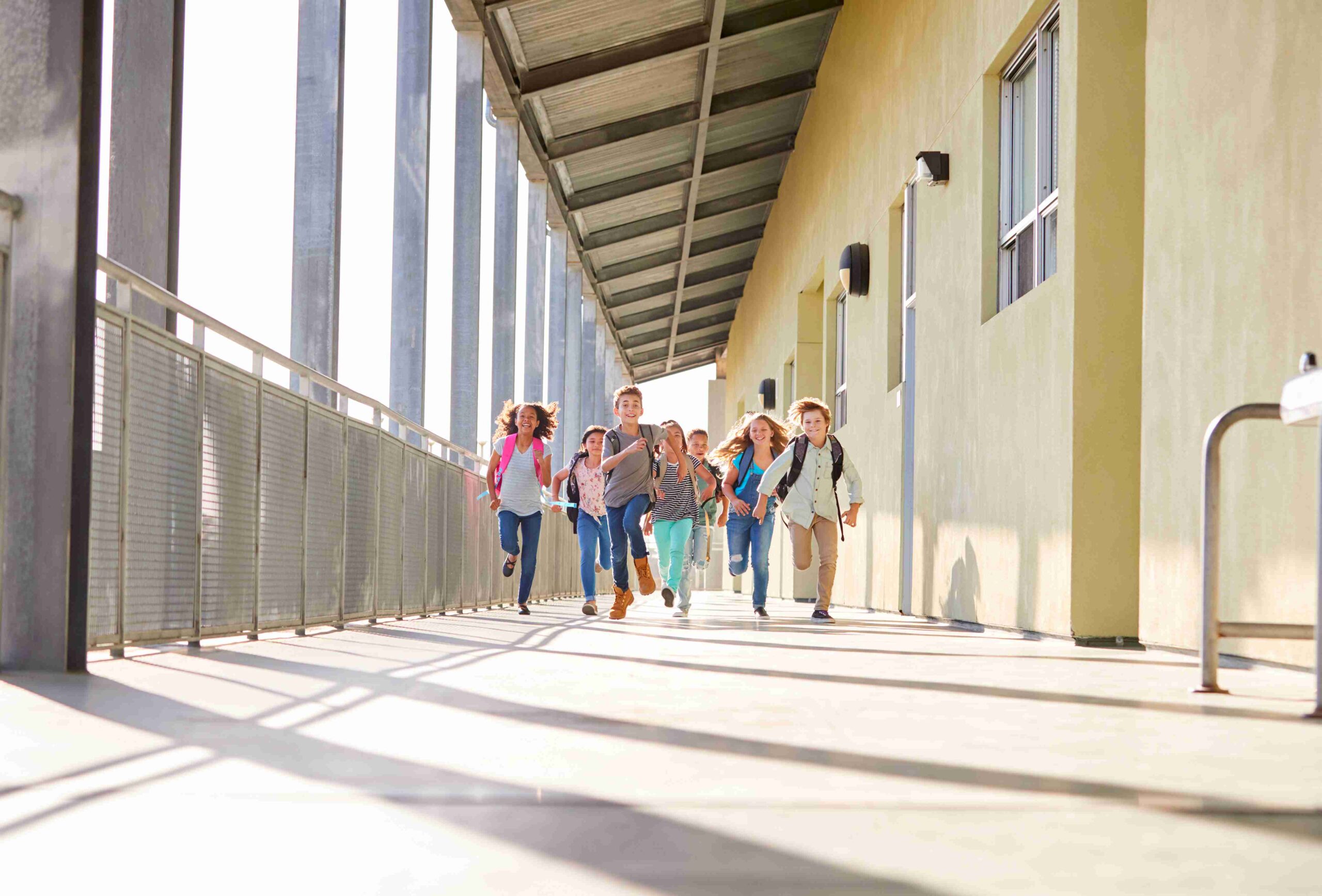Grief and Growth as Schools Reopen in 2021
As Texas students, teachers, and staff return to the classroom after over a year of remote learning, the excitement of reuniting is tempered by a surge in COVID-19 cases and lingering emotions from the pandemic. While debates over mask mandates and vaccine requirements dominate headlines, this year’s back-to-school season also carries the weight of grief, loss, and recovery.

A Complex Return to “Normal”
Returning to school is about new routines and safety protocols. Empty chairs in classrooms and vacant offices remind us of colleagues, friends, and loved ones who are no longer with us. For many, these moments will bring a profound sense of loss.
What challenges schools will face this year?
- Emotional healing — Processing grief and other feelings stirred by returning to familiar spaces.
- Educational setbacks — Addressing learning gaps caused by remote instruction, particularly for students who were already struggling.
- Social reconnection — Rekindling the companionship and collaboration that classrooms uniquely provide.
 Making Space for Emotions
Making Space for Emotions
To navigate these challenges, schools, families, and communities must make room for feelings as part of the back-to-school process. Teachers can lead by sharing their own emotions with students and encouraging open dialogue in classrooms. Administrators can offer guidelines to help students process their experiences in age-appropriate ways.
Parents also play a critical role. Asking children how they feel about returning to school can uncover hidden anxieties and foster meaningful conversations.
Moving Forward Together
The pandemic has reshaped every aspect of life, and schools are no exception. While we strive to regain a sense of normalcy, it’s essential to acknowledge the impact of the past year and a half. Sadness left unspoken can linger, hindering the healing process.
This year, the path to recovery lies not in avoiding sorrow but in embracing it. By confronting our grief and sharing our feelings, we create a supportive environment where learning and connection can flourish once more.
As one professor put it, “We will learn, together, and be better for it.”
This year, perhaps more than ever, our feelings deserve a seat in the classroom.
